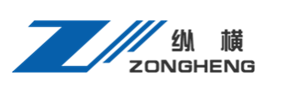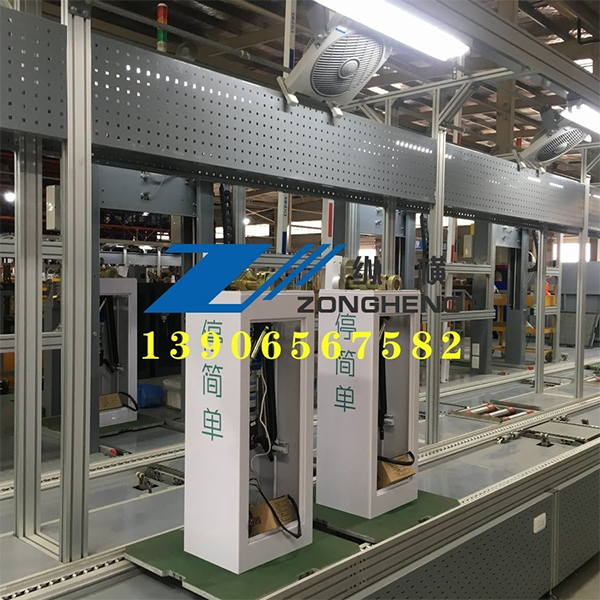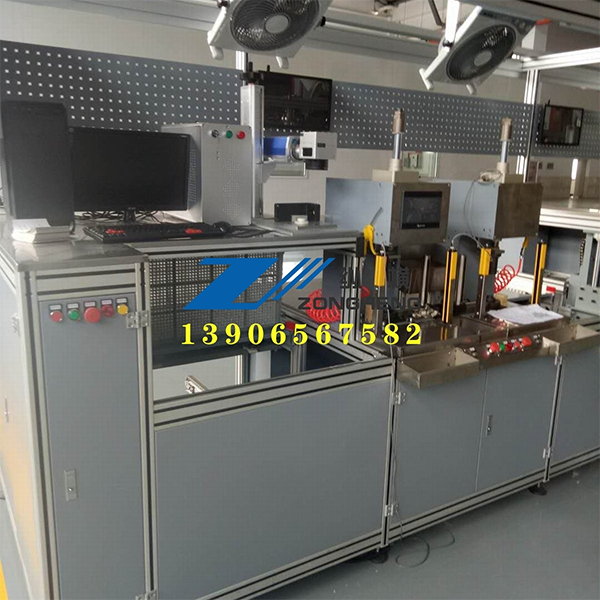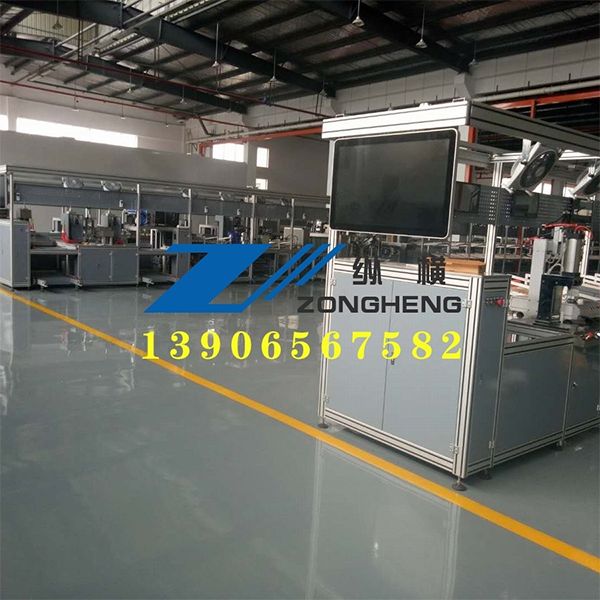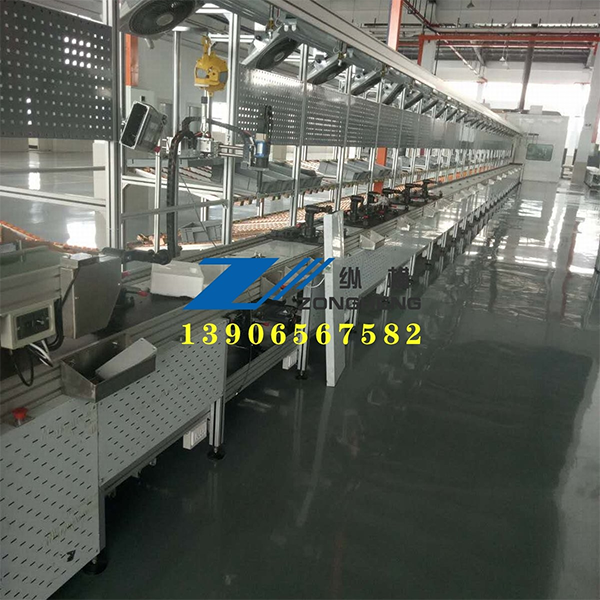Electric car production line use conditions and characteristics
2025-07-17
1.Conditions of Use: Five Foundations to Support Efficient Production
Standardized Supply Chain Guarantee
Raw Materials and Collaborative Parts: Standardized and specification design is required to ensure a stable supply chain. For example, the chain plate conveyor line needs to be matched with 500mm×200mm×2mm customized chain plates, and the fixture chain plate adopts 3mm thick cold-rolled steel plate to meet the load-bearing requirements of EV assembly process.
Timeliness of supply: Parts need to be delivered on time to avoid production line stagnation due to lack of parts. For example, Tesla's Super Factory is self-sufficient in parts through modularized design, reducing external dependence.
Process and yield stability
Process stabilization: The production process needs to be stable over time to avoid frequent adjustments. For example, an electric vehicle assembly line is usually fixed to produce a few models, and the process is divided into 13 aligned stations, each of which completes a specific process (e.g., installing windshields, seats).
Scale of production: need to meet the needs of large-scale production, the unit product labor is large. For example, the chain plate conveyor line is designed with a conveying speed of 0.6m-6m/min, which supports continuous or beat-to-beat operation to ensure that the output of a single day meets the standard.
Process Synchronization Design
Process Decomposition and Merging: Complex processes are disassembled into simple processes, and beat synchronization is achieved through merging or decomposition. For example, the EV assembly line divides the assembly process into 13 stations, and the time error of each station is controlled within ±0.3 seconds to ensure the balance of the assembly line.
Equipment compatibility: The process design needs to be compatible with automation equipment, such as the use of special domestic needle roller chain (pitch P=100) and Taiwan motor frequency conversion speed control, to achieve precise control of conveying speed.
Space and Layout Optimization
Site Planning: Need to meet the demand for long-distance conveying, for example, the total length of the standard electric vehicle assembly line is up to 30,000mm, and the operating height of the line is 500mm (±10mm adjustable), to adapt to the different body sizes of the workers.
Logistics path: L-shaped or cross-shaped layout is used to decentralize the conveying path and reduce the material handling time. For example, Tesla factory realizes aerial transportation of parts through suspension chain conveying line, which is seamlessly connected with ground assembly line.
Equipment Installation and Maintenance Conditions
Installation Basis: A steel structure plant with stable power supply is required. For example, the assembly line is equipped with a 30×40mm rectangular square pipe support, with a wall thickness of not less than 1.5mm, to ensure equipment load-bearing safety.
Maintenance system: establish a regular maintenance system, such as the reducer weekly check the oil scale, annual oil change, chain weekly brush oil rust prevention, to avoid production stoppage due to equipment failure.
2.the core features: the integration of efficiency, flexibility and intelligence
Continuous production mode
Unidirectional transportation route: products flow in a fixed direction, reducing reverse handling. For example, chain plate conveyor line realizes unidirectional movement of parts through roller conveyor, and cooperates with RFID chip to realize full traceability.
Beat control: Ensure production synchronization through uniform beats (e.g., 6 seconds for a hood stamping). The Tesla factory uses industrial robots to complete the welding process, and the beat error is controlled within ±0.3 seconds.
Highly specialized division of labor
Position curing: Each workplace focuses on completing 1-2 processes, e.g., in the electric car assembly line, one workplace is only responsible for installing windshield, and the other is only responsible for installing seats, which improves the operation proficiency.
Specialized fixture design: Customized fixtures are used to fix the workpieces, such as 30×40mm rectangular square tube type frame to ensure accurate positioning of the body and reduce assembly errors.
Automation and Intelligent Upgrade
Robot Co-operation: Tesla Factory introduces more than 150 robots to automate the whole process of stamping, welding and painting. For example, one robot can independently complete the frame handling, and another robot can complete the engine cover stamping in 6 seconds.
IoT Integration: Real-time monitoring of equipment status through sensors, for example, installing proximity switches in the assembly line to detect boards in place, and combining with PLC control system to realize early warning of faults.
Flexible production capacity
Modularized design: supports mixed flow production of multiple models, e.g. Tesla GIGAFACTORY quickly switches models through modularized assembly line to reduce changeover time.
Adjustable parameters: parameters such as conveying speed and the number of stations can be adjusted according to demand, for example, the speed of the EV assembly line can be adjusted by frequency conversion within the range of 0.6m-6m/min, adapting to different output requirements.
Balance between safety and efficiency
Protection devices: Equipped with safety facilities such as top guards and emergency stop control switches, for example, the top guards are made of steel plates of not less than 1.0mm to prevent materials from falling and hurting people.
Human-machine collaboration: manual intervention is retained in key processes, for example, the Tesla factory has set up a manual re-inspection station in the quality inspection process to ensure product qualification rate.
